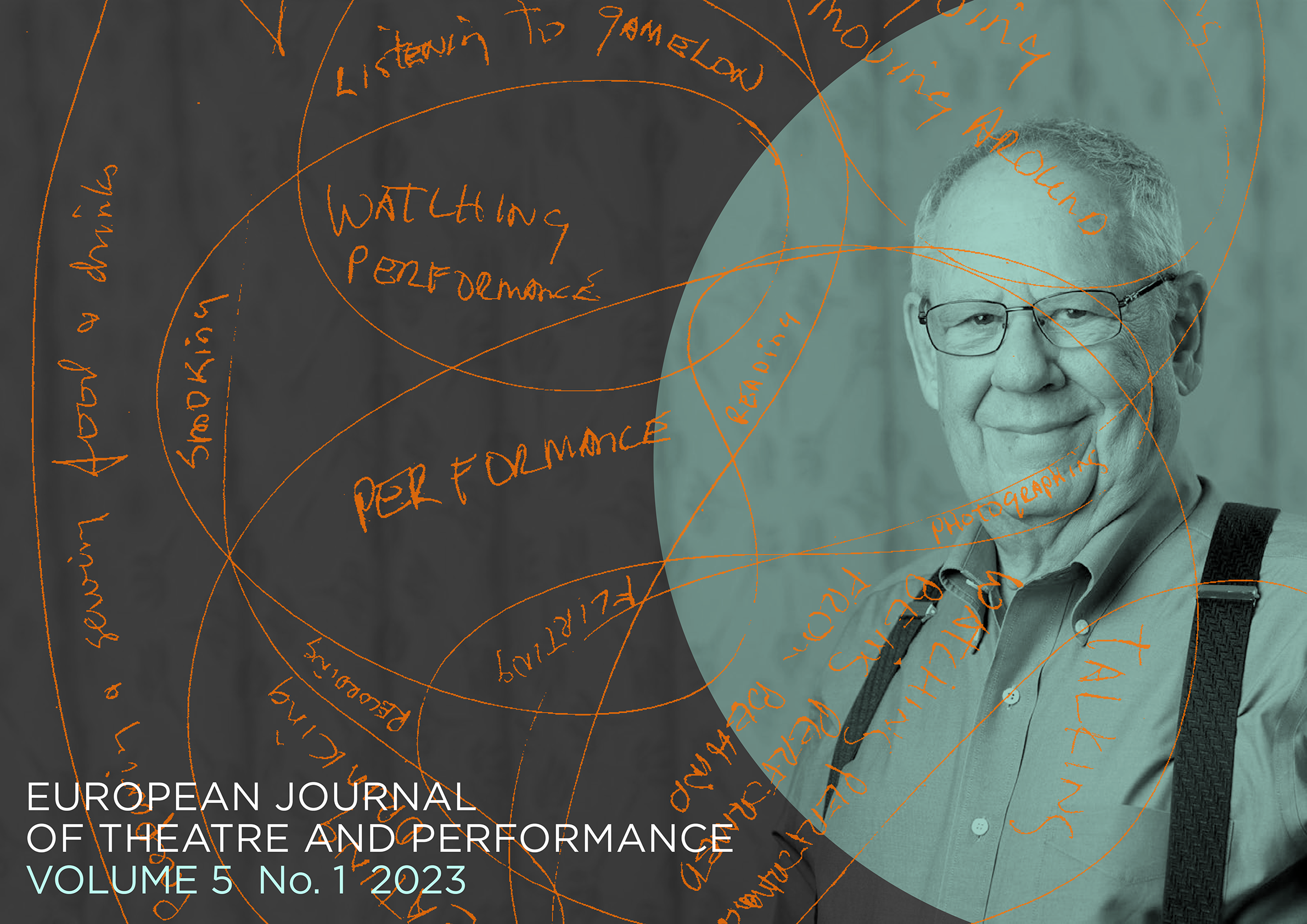The Mask as a Performative Object: History, Anthropology, and Political Theatre
DOI:
https://doi.org/10.21827/ejtp.5.41700Keywords:
mask, thing theory, archive, political theatre, commedia dell’arteAbstract
Writing about the actor Marcello Moretti, Giorgio Strehler defines the mask he wore as Arlecchino as a mysterious and terrible instrument. Yet Strehler’s whole article explores the ties between the actor and the mask, which, viewed in its materiality, appears as a theatrical thing. Held in the hand after a performance, it turns into a wet rag, made using an old dell’arte theatre technique, a time machine that summons up the old theatre and its forms. Taking my cue from Robin Bernstein, who suggested apprehending things and objects in performative categories, I take a look at the mask as a special kind of script, imposing itself on the actor or performer who wears it. Contrary to Bernstein, I would not recommend seeing this property of the mask through its status as a Heideggerian Thing; I prefer to view the mask as an object, taking into account its inanimate materiality and dependency on the human body. I thus put forward the category of the ‘performative object’, which, in my reading, is also the key to understanding the mask as part of the theatrical archive, enabling the reconstruction, embodied updating, and activisation of the history of old performative forms. Along the way, I take in Diana Taylor’s concept of the repertoire and archive, and Rebecca Schneider’s reflections on the leftovers in the archive to finally point out the political potential of the mask. By reflecting on the tension between masked and literary theatre inscribed in the history of commedia dell’arte and its reception, I point to the other binaries that the mask is questioning — those of life and death, of the animate and inanimate. Following Schneider, I reflect on the agency inscribed in theatricality and the matter present on the theatrical stage to point to yetanother dimension of the mask’s political potential.
Published
Issue
Section
Copyright (c) 2023 Dorota Sosnowska

This work is licensed under a Creative Commons Attribution 4.0 International License.

